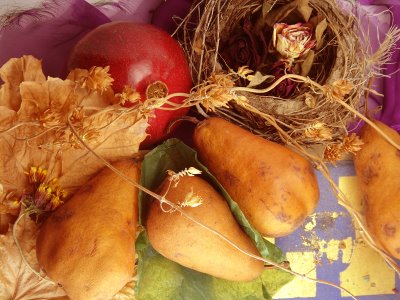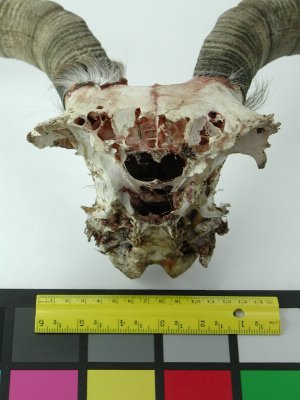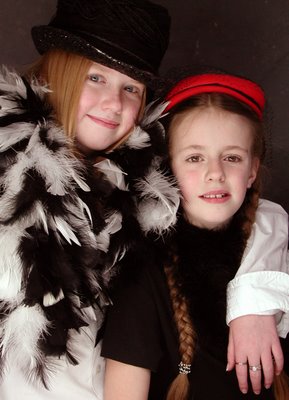


These "200" lesson series will consider "commercial" imaging to help sell or promote a product (as opposed to portraits [100 series] or "art" [300 series, yet to come]).
OK, we need to move the wife's (husband's) ceramic collection on EBay. Two light classic set up - one EGO overhead to create a top/backlight to show texture across the top of the subject. And a second EGO to the side of the camera postion to, again, show good texture and 3D roundness to the object's "face".
The third photo shows how to easily "boom" the EGO using a small tabletop tripod to create the "top/back" lighting - see that we weight the opposing leg with a small ankle weight that you can find in a gym supply.
Notes:
Color/gray card references - with any object or art work that is color critical for resale, include a color reference of some kind - the card shown in these blogs is a Macbeth (Munsell) ColorChecker Chart, about $80usd. A Kodak Color Separation Guide (cat 152 7654) is about $25usd. OR, at no cost, use any well known color object to give the web or print viewer some reference of any color inbalance - as example in the USA - Kodak yellow, CocaCola red, Morton Salt blue.
Size references - again, give the view some help with size as well as color, here a ruler, but can also be any known object or, perhaps a hand.
Clips and "barndoors" - always postion and block any light source from stiking the lens with black cards or black fabric.

















